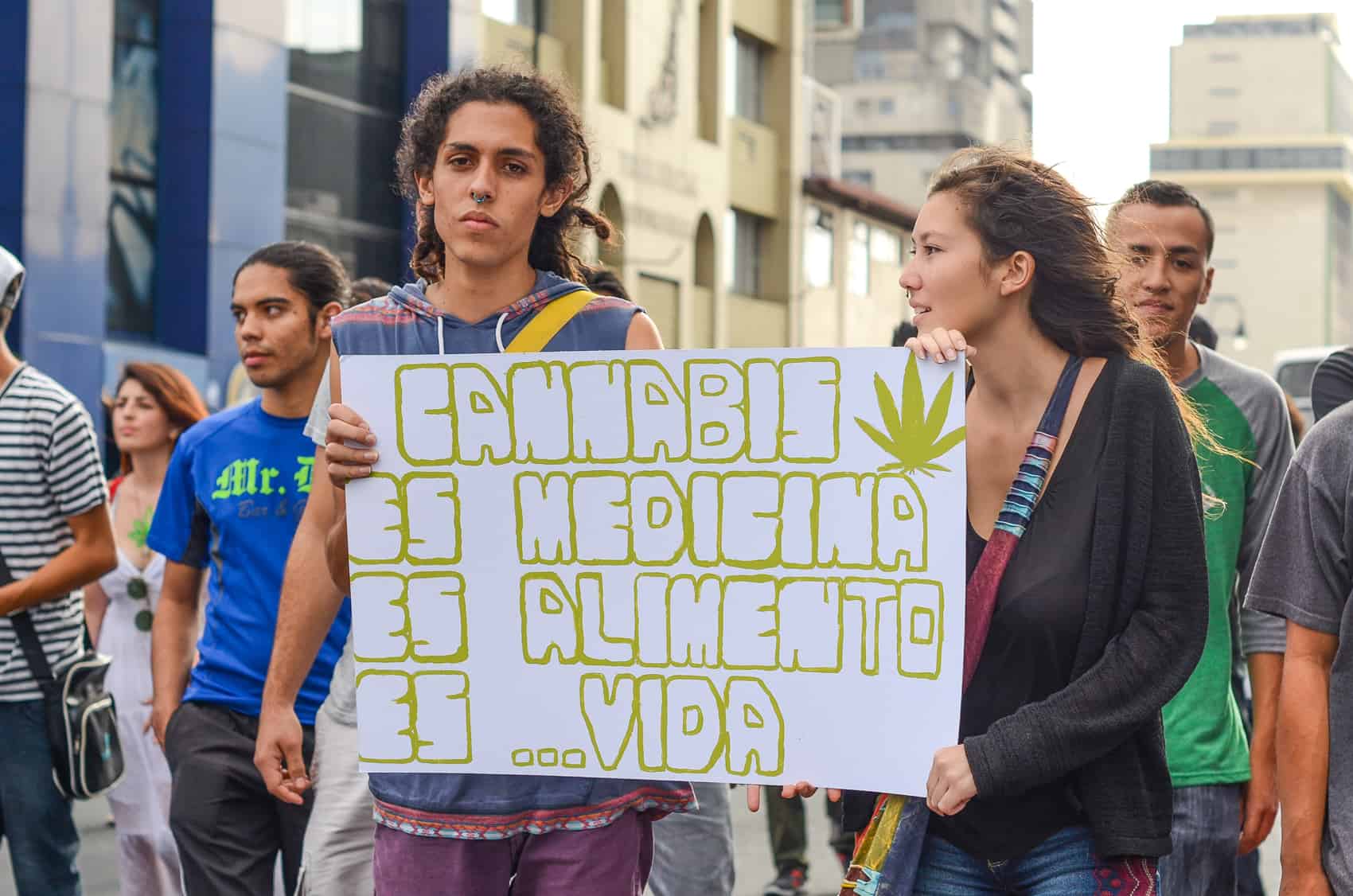Over the past eight years, Costa Rica has seen a surge in marijuana consumption, with figures climbing from 32 users per thousand in 2015 to 44 per thousand by 2022.
In addition, the average age at which young people try it for the first time is between 12 and 19 years old.
This data was revealed by the the VII National Survey on the Consumption of Psychoactive Substances in the Population between 12 and 70 years of age, conducted in 2022 by the Institute on Alcoholism and Drug Dependency (IAFA).
The survey included the opinions of 16,059 informants from the 84 cantons of the Costa Rican territory.
“The importance of conducting surveys on the consumption of psychoactive substances, in addition to identifying whether they are present in a sector of the population, is to determine people’s perception of the problem of drug use,” said Oswaldo Aguirre, director general of IAFA.
The 2022 Household Survey on Consumption of Psychoactive Substances also provided information on the consumption of other products in the population.
“Based on the results, decisions are made, and adjustments are made to preventive, treatment, information, and communication programs,” added the director.
A significant observation is that the number of tobacco smokers was the lowest in the history of Costa Rica. The percentage went from 10.5% in 2015 to 7% last year.
Likewise, the highest number of alcohol and cannabis users are found in the 20-29 age group. Meanwhile, those who use tobacco, cocaine, and crack are in the 30-39 age group.
The study also indicated that six out of every 1,000 people use cocaine. The age of first use is in the 20s, and men are the predominant users.
At the same time, six out of every 10,000,000 people used fentanyl as an opioid medication without a prescription. Alcoholic beverages remain the primary psychoactive product consumed in Costa Rica.
Notably, 18 out of every 100 people reported using tranquilizers, stimulants, or opioids without a prescription.
“Understanding the scale of the consumption problem, its correlation with other societal factors, and its variation over time is crucial for intervention, as consumption impacts not just individual consumers but also families and the community at large,” remarked Wendy Castro of IAFA.






